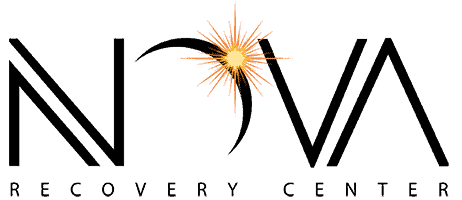Lunesta Addiction Recovery and Withdrawal Treatment Guide
GET HELP TODAY!
100% Confidentiality Guaranteed
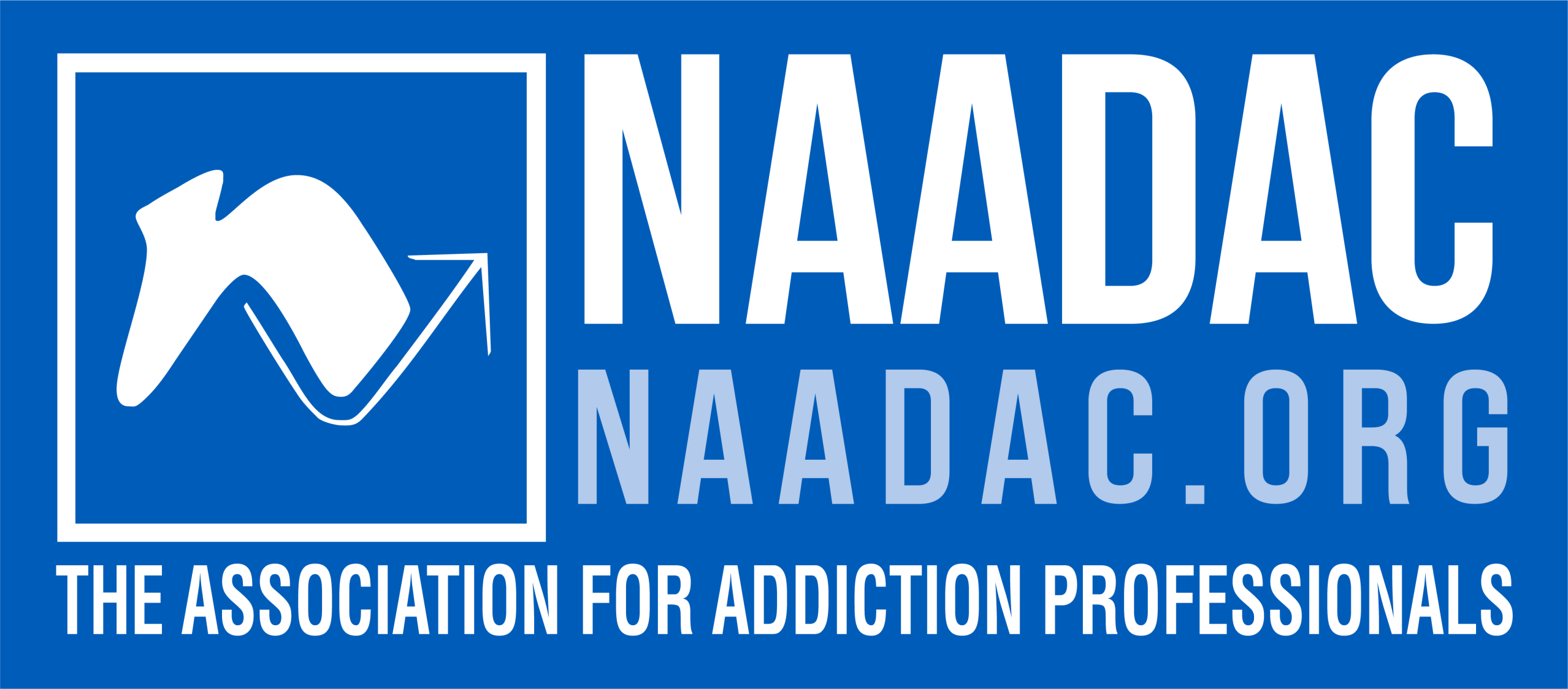
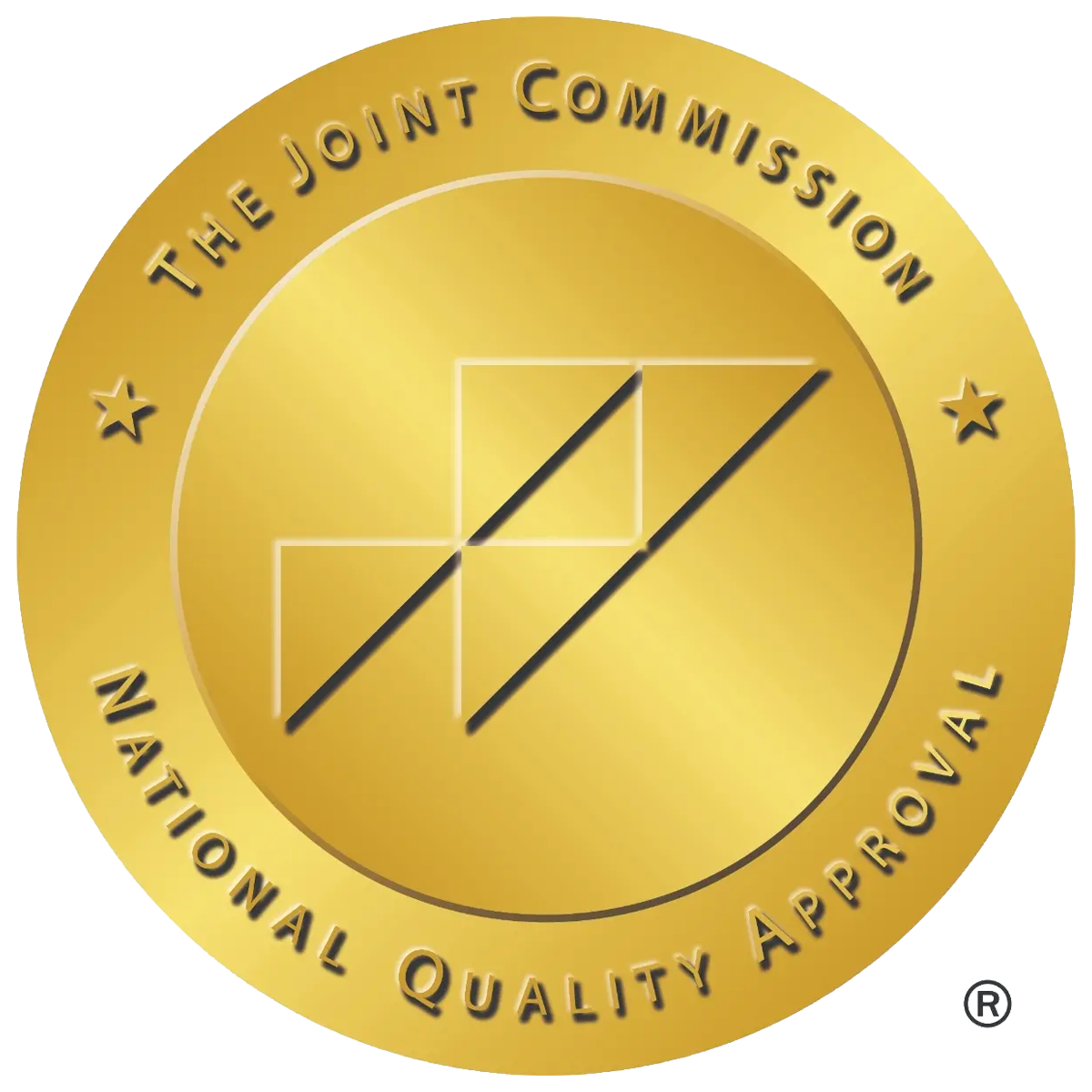
At a Glance: Lunesta Overview
- What it is – Lunesta (generic: eszopiclone) is a prescription non-benzodiazepine sleep aid acting on GABA receptors and classified as a Schedule IV controlled substance, indicating a moderate risk for misuse.
- Addiction & misuse – While intended for insomnia relief, Lunesta can be misused to feel “high” or combined with alcohol or drugs. Nearly 30% of sleep-aid users show signs of dependence.
- Effects of abuse – Short-term misuse may cause poor coordination, drowsiness, depression, and memory loss, while long-term use risks persistent memory issues, anxiety, hallucinations, suicidal thoughts, paranoia, tinnitus, and liver or kidney damage.
- Withdrawal symptoms – Stopping Lunesta after frequent or prolonged use may lead to anxiety, nausea, vomiting, rebound insomnia, sweating, irritability, mood swings, tremors, and stomach cramps.
- Treatment & recovery – Effective recovery often begins with medically supervised detox (featuring 24/7 monitoring and medication support), followed by structured therapy such as inpatient or outpatient rehab, CBT, group/individual or family counseling, and ongoing aftercare including sober living and relapse prevention.
Table of Contents
What Is Lunesta?
Lunesta is a prescription sleep aid. Its generic name is eszopiclone. Doctors often prescribe it to treat insomnia. Unlike benzodiazepines, it is a non-benzodiazepine hypnotic. It works by affecting GABA receptors in the brain to help people sleep.
The U.S. Drug Enforcement Administration (DEA) classifies Lunesta as a Schedule IV controlled substance. This means it has a low but real potential for abuse and addiction.
Related: Pain medications can affect sleep; read about meloxicam withdrawal & detox considerations.
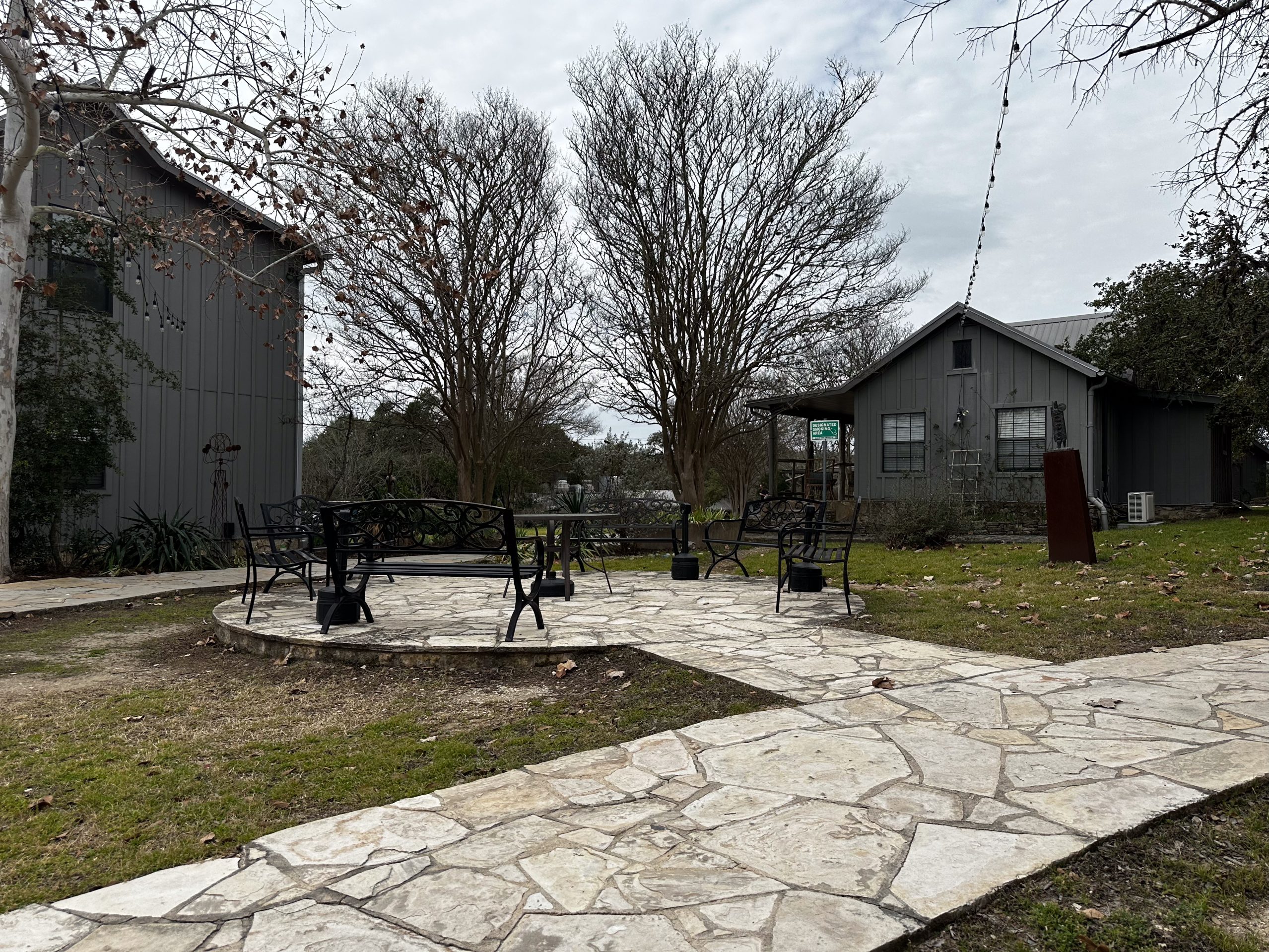
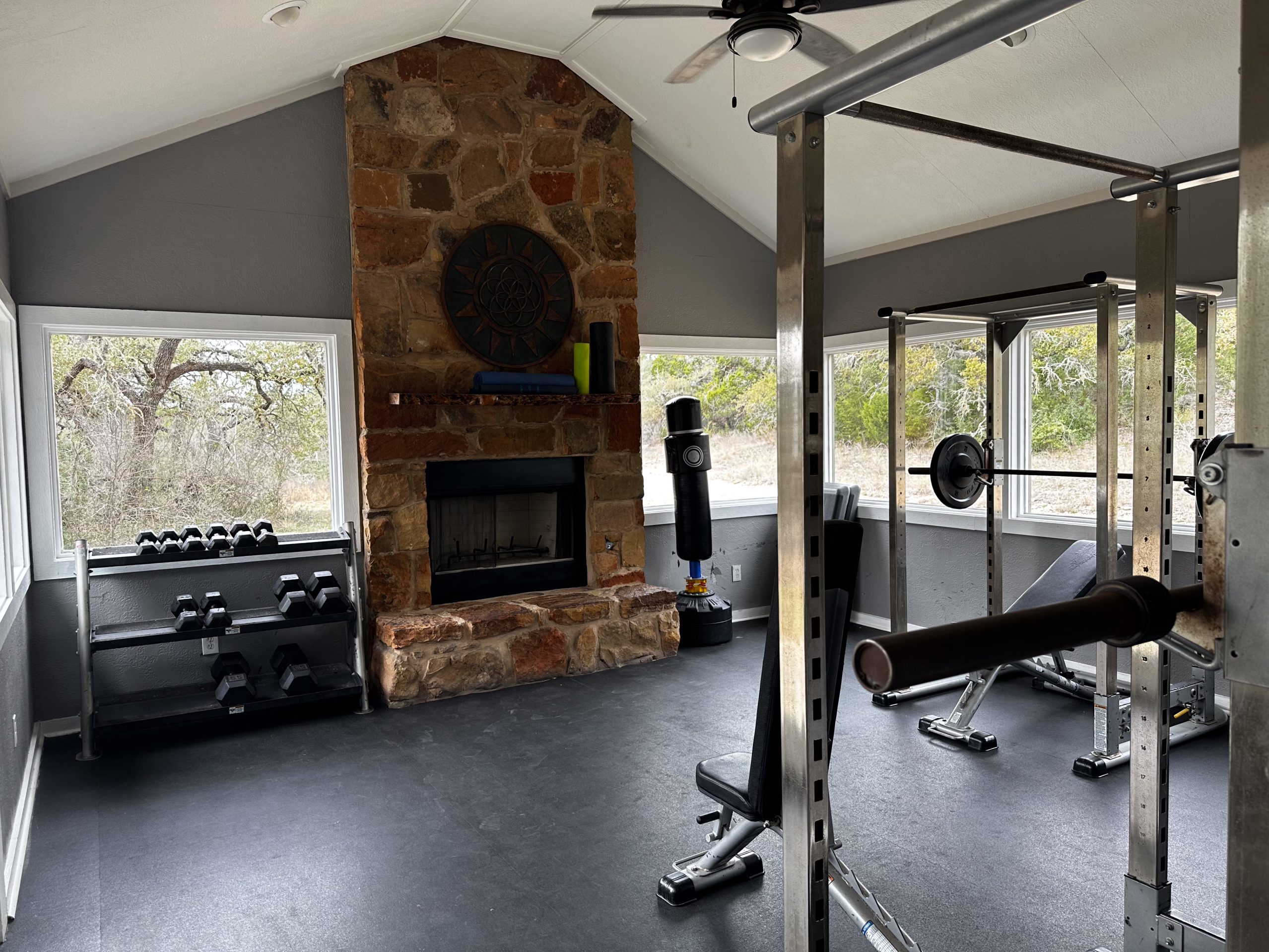
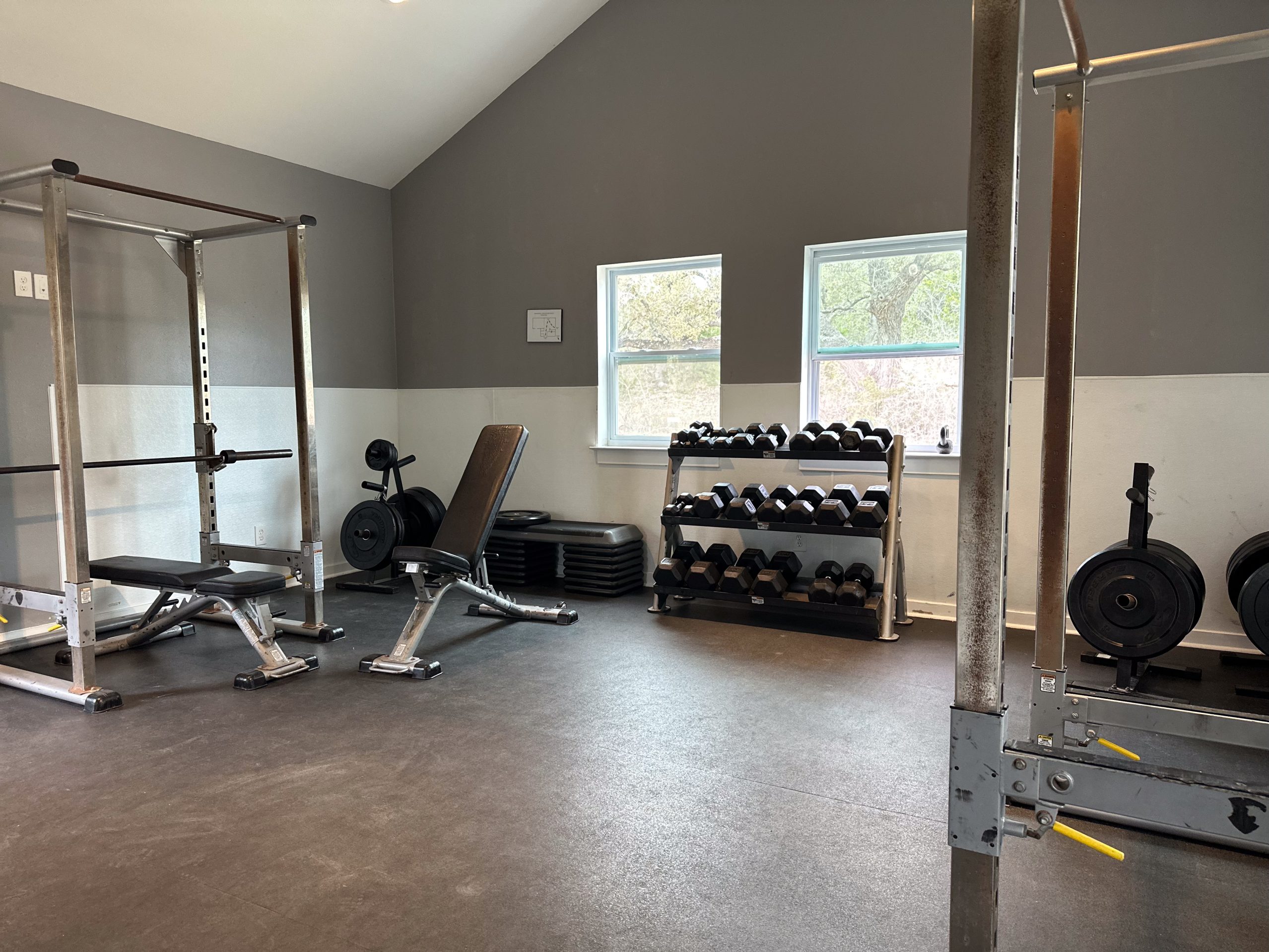
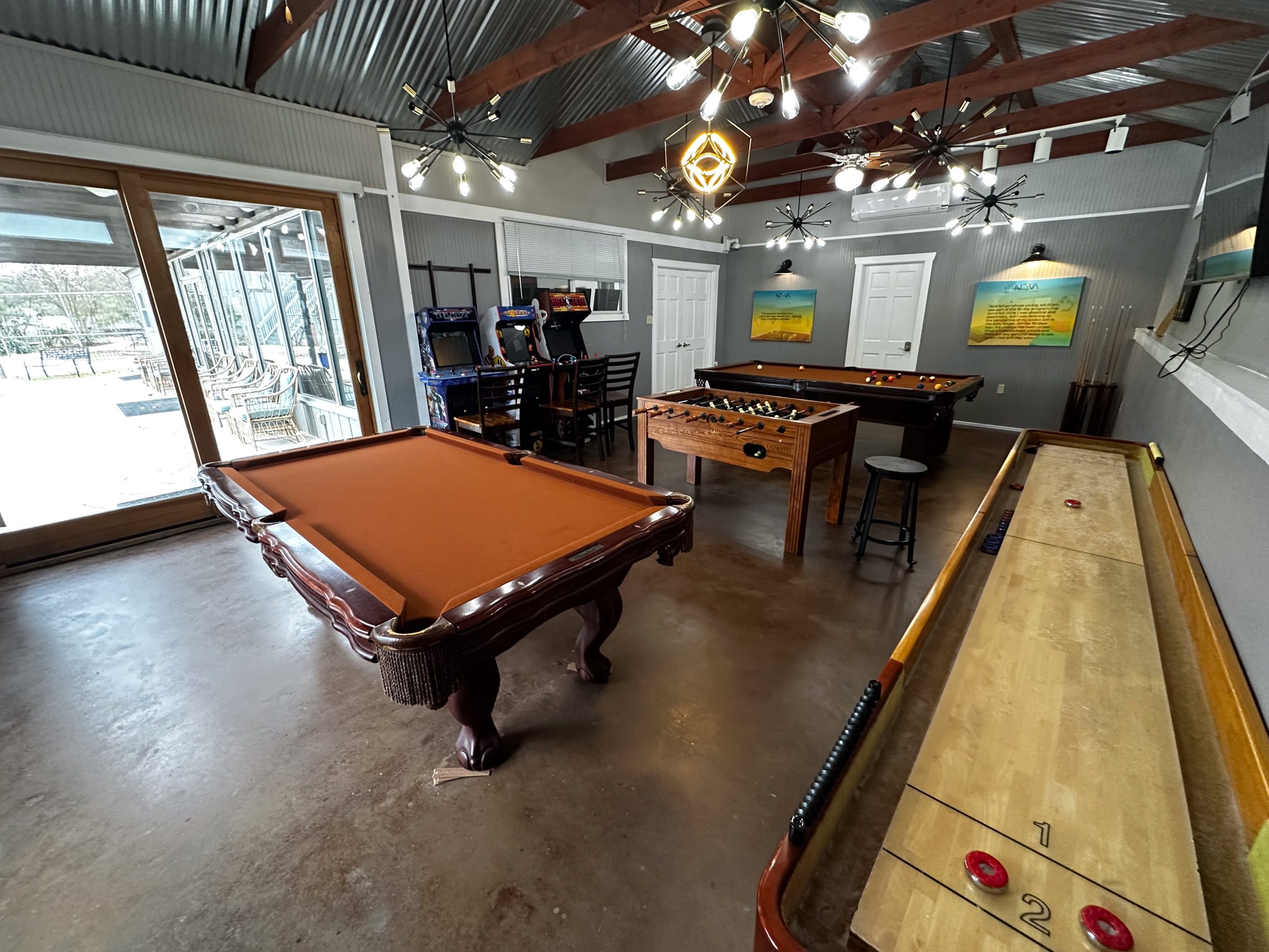
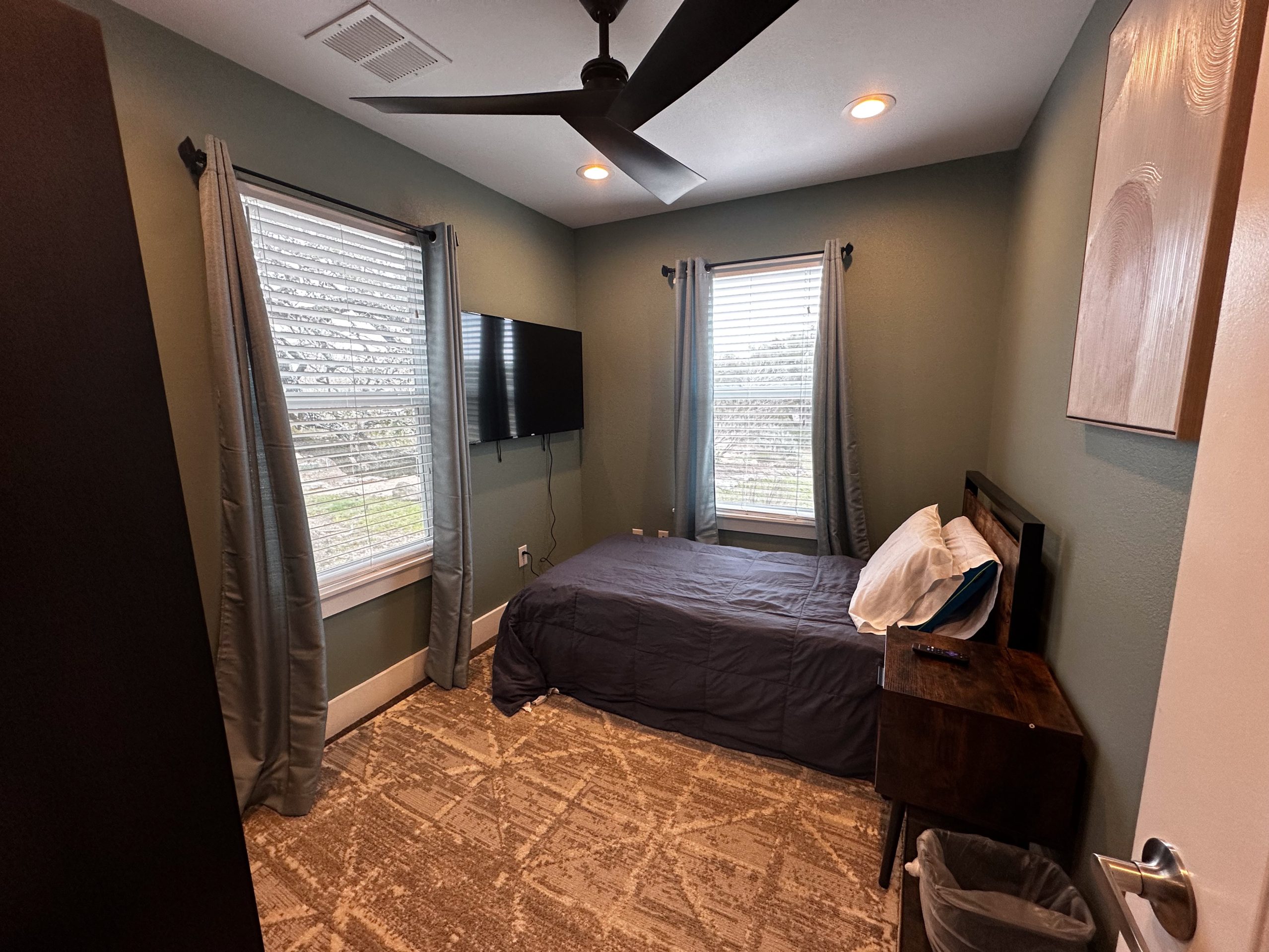
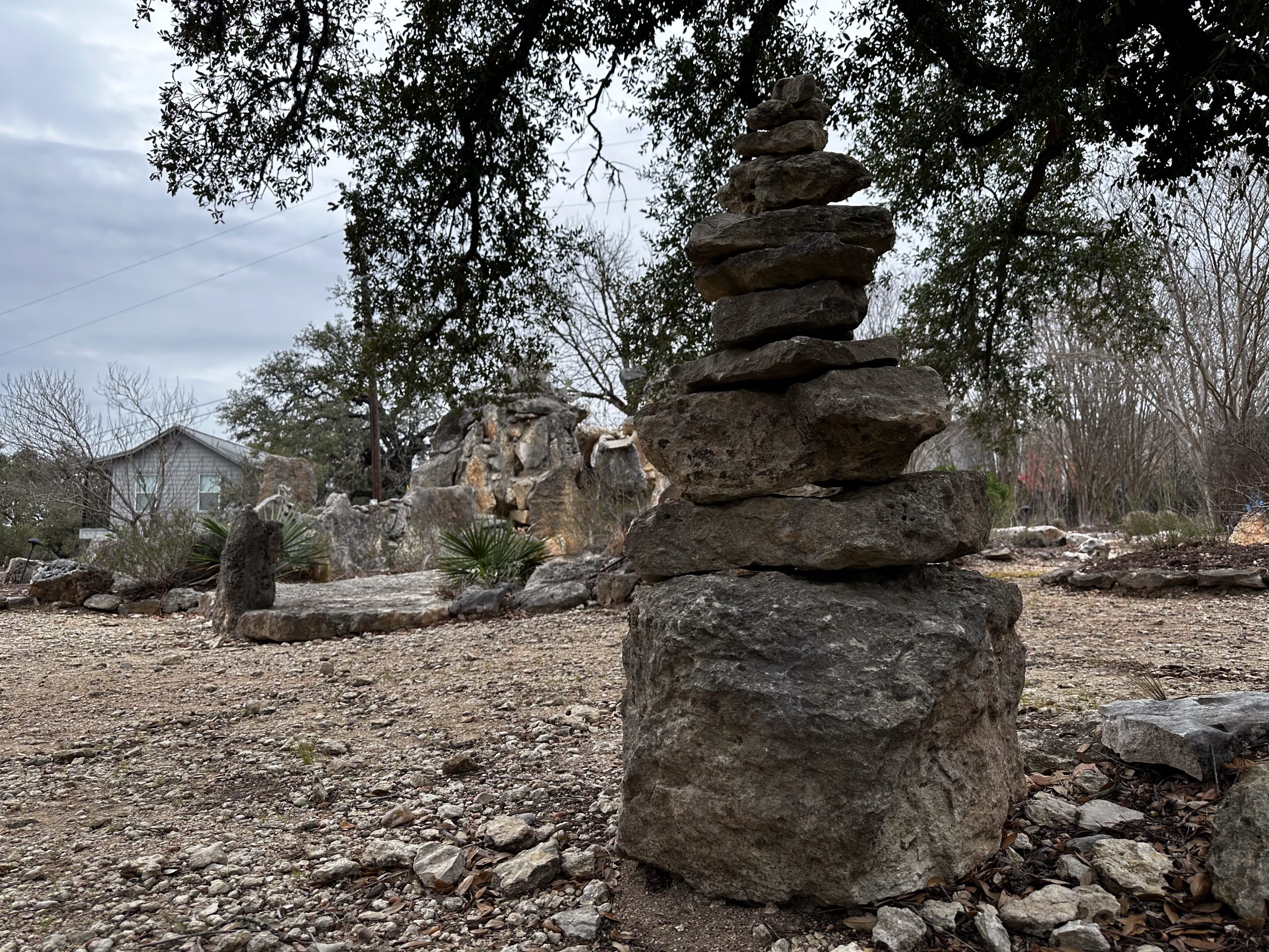
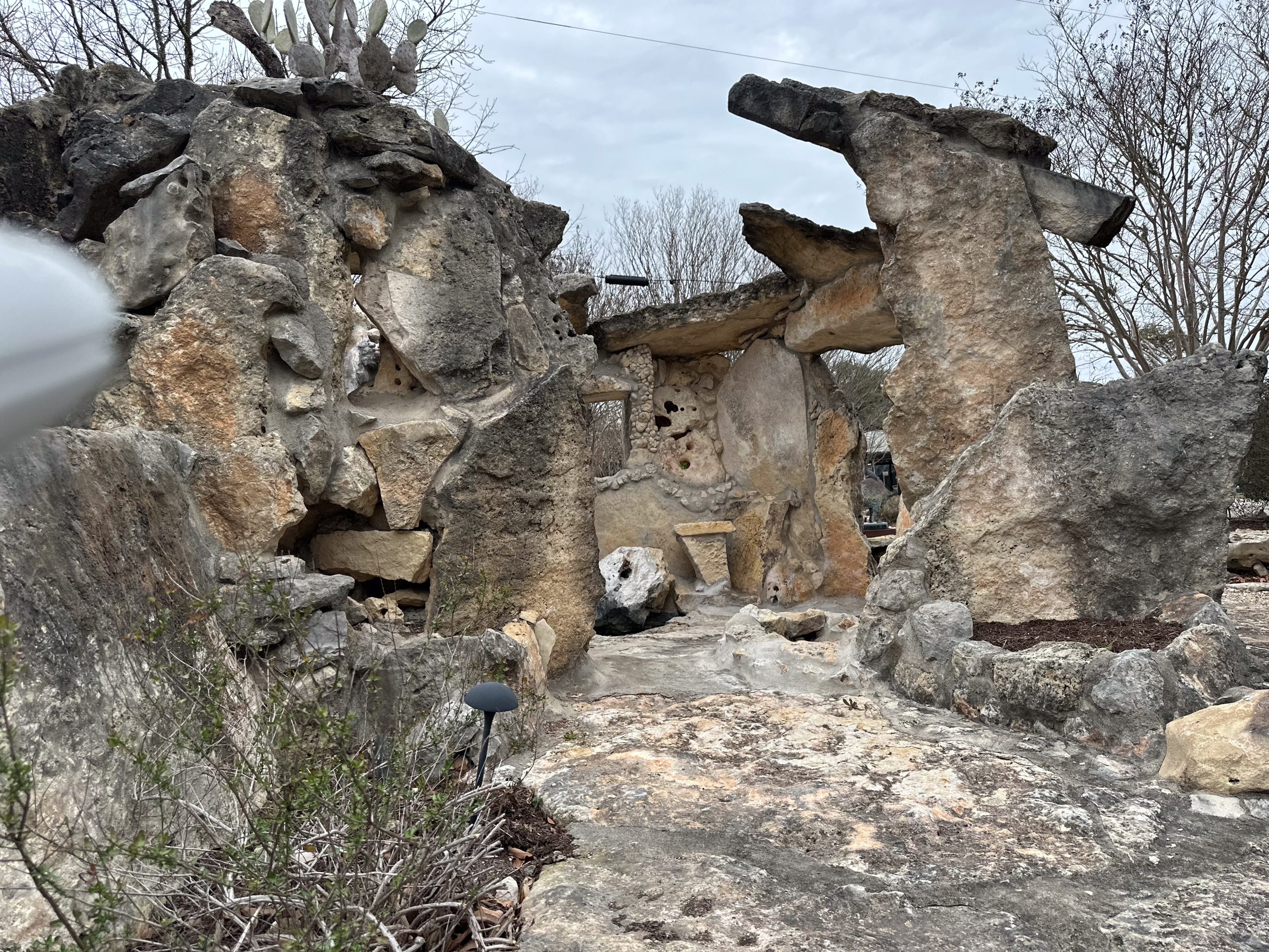
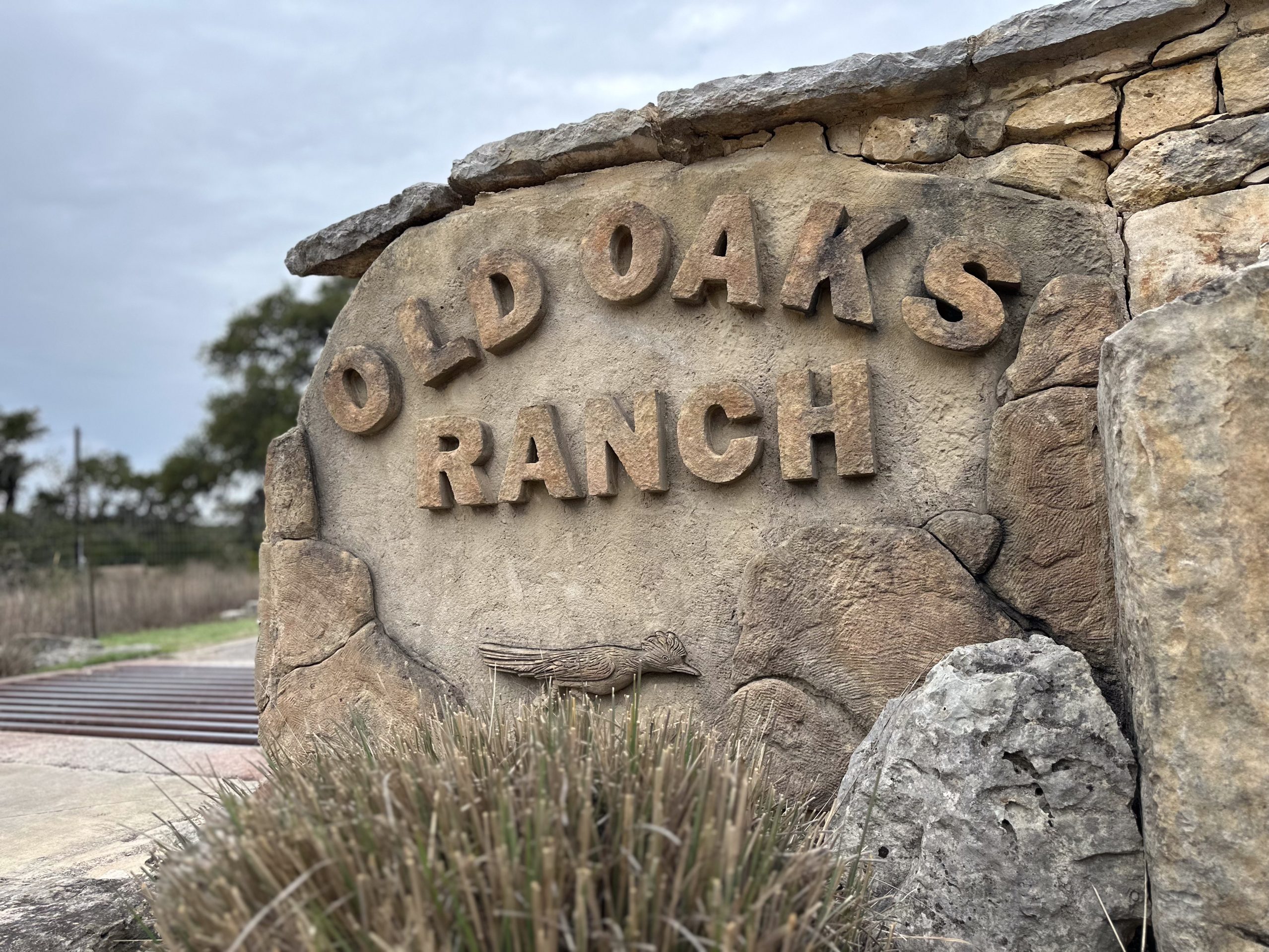
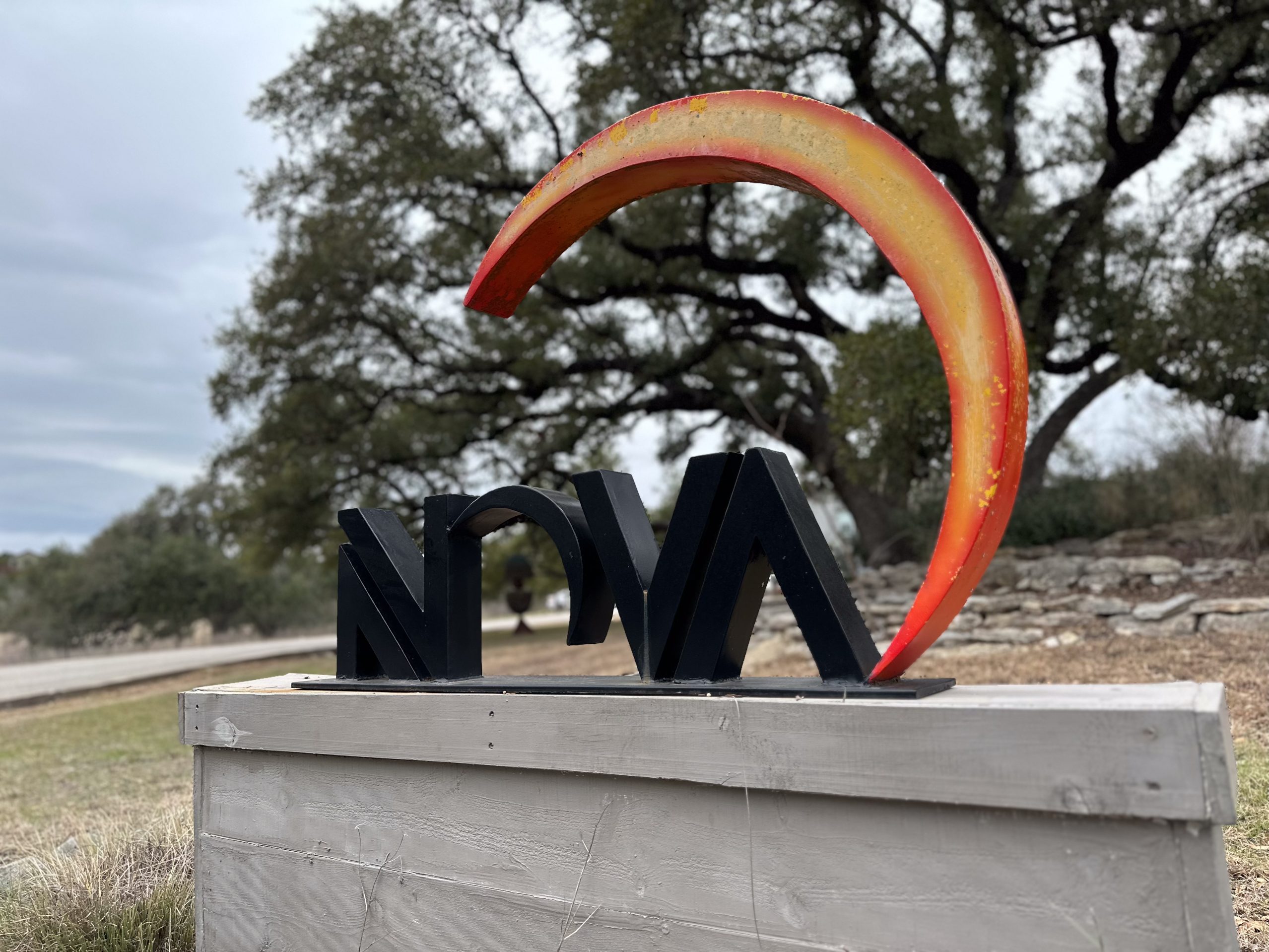
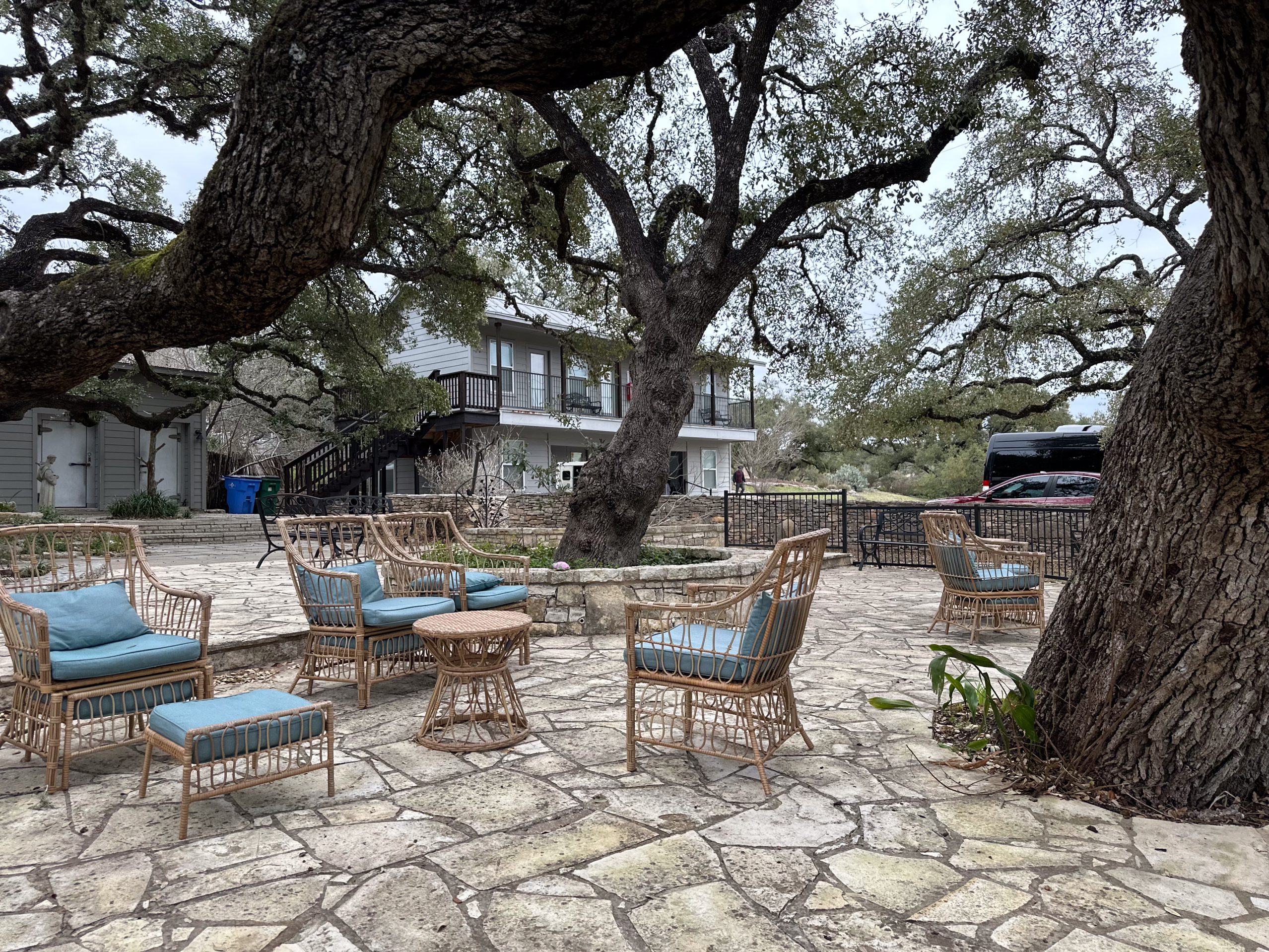
Street Names for Lunesta
Lunesta and similar sleep aids may be referred to using slang, such as:
- R2
- Roche
- Forget-me Pill
- Mexican Valium
Discover More About Sedatives and Tranquilizers
Everything You Need to Know...
Can Lunesta Be Addictive?
Yes. Lunesta can become addictive. People may misuse it to feel high or enhance the effects of other drugs or alcohol. Taking higher doses than prescribed or using it longer than recommended increases the risk of addiction.
About nine million people in the United States use sleep aids like Lunesta. Nearly 30% of them show signs of dependence. Although Lunesta addiction is less common than addiction to benzodiazepines, the risk is still significant.
Side Effects of Lunesta Abuse
Misusing Lunesta can lead to a range of side effects. These effects may differ for each person but can be serious.
Short-term side effects include:
- Poor coordination
- Drowsiness
- Depression
- Memory loss
Long-term side effects include:
- Persistent memory problems
- Anxiety
- Muscle twitching
- Suicidal thoughts
- Sensitivity to light
- Hallucinations
- Liver or kidney damage
- Paranoia
- Tinnitus
- Addiction
Side effects may also include interactions with other prescription drugs or alcohol use disorder.
Signs and Symptoms of Lunesta Addiction
Signs of Lunesta addiction often include:
- Using Lunesta longer than prescribed
- Increasing the dosage over time
- Crushing and snorting pills
- Combining Lunesta with drugs or alcohol
- Craving Lunesta
- Isolation from family and friends
- Inability to stop using
These behaviors indicate a growing dependence and the need for substance abuse treatment.
Lunesta Withdrawal Symptoms
When a person stops taking Lunesta after long-term use, withdrawal may occur. Lunesta withdrawal symptoms range from mild to severe:
- Anxiety
- Nausea
- Vomiting
- Sweating
- Rebound insomnia
- Irritability
- Stomach cramps
- Mood swings
- Tremors
- Flushed skin
The severity of symptoms can vary depending on medical conditions, dosage, and length of use.
Lunesta Detox
Lunesta detox is the first step in addiction recovery. It helps remove the drug from the body in a safe and effective way. Detox programs are designed to treat both physical symptoms and emotional challenges.
Medical detox programs offer:
- 24/7 monitoring
- Medication management
- A medically supervised setting
- Reduced risk of relapse
Medical assistance during withdrawal reduces discomfort and increases the chances of success.
More Time. More Joy. More You. Start Now.
WE ACCEPT MOST INSURANCES







Treatment Options for Lunesta Addiction
After detox, most people benefit from a structured addiction treatment program. Detox alone does not address the root causes of addiction. Rehab helps people learn how to cope with stress, triggers, and mental health issues.
Addiction treatment options include:
- Inpatient drug rehab
- Outpatient drug rehab
- Intensive outpatient program (IOP)
- Group therapy and individual counseling
- Cognitive behavioral therapy (CBT)
- Family therapy and support groups
Behavioral therapies help people understand their habits and develop healthy routines. CBT is especially useful for treating both addiction and mental health conditions.
Inpatient vs. Outpatient Rehab
The right level of care depends on many factors, including the severity of addiction and family support.
In inpatient treatment, clients:
- Stay at the facility full time
- Follow a daily schedule
- Attend group and individual sessions
- Join 12-step programs
- Participate in therapy like art or music
In outpatient rehab, clients:
- Live at home
- Attend therapy part-time
- Stay involved with family members and work
Each program offers its own benefits. Many recovery programs use a combination of residential treatments and outpatient services for long term recovery.
Cost and Payment Options
The cost of treatment varies based on the program and level of care. Many treatment facilities accept health insurance or offer payment plans.
Payment methods include:
- Insurance coverage
- Scholarships
- Employee assistance programs
- Personal loans
- Family contributions
Affordable care makes recovery possible for more people.
Freedom Starts Here. Take Back Your Life Today.
Same-Day Admissions in Austin Available.
Sober Living and Aftercare
Long-term sobriety requires ongoing support. After rehab, continuing care helps people stay on track.
Sober living programs provide:
- Drug testing
- Peer support
- Daily structure
- Employment assistance
These programs act as a bridge between rehab and independent living.
Aftercare programs offer:
- Weekly group meetings
- Peer mentoring
- Relapse prevention
- Emotional support
These recovery support services improve quality of life and reduce the risk of relapse.
Comprehensive Recovery Support
Effective addiction treatment combines multiple strategies. Successful recovery support services often include:
- Medical detox
- Behavioral therapy
- Family involvement
- Support groups
- Recovery housing
- Mental health care
Each program offers tools to manage cravings, avoid relapse, and improve daily life.
Public Health and Lunesta Abuse
According to the National Institute on Drug Abuse, prescription drug misuse is a major issue in the United States. Lunesta abuse increases the risk of serious health problems.
Recovery is possible with early intervention and support from healthcare professionals. Mental health professionals can help individuals manage dual diagnoses such as depression or anxiety along with addiction.
Get Help Today
Addiction can feel overwhelming, but there is hope. With the right support, it is possible to heal.
If you or a loved one is struggling with Lunesta addiction, contact Nova Recovery Center today. Our treatment facilities offer medical detox, residential treatment, outpatient rehab, and a wide range of recovery services.
Take the first step toward long term recovery. Call us now to learn more about our safe and effective treatment options for Lunesta addiction.
Lunesta (Eszopiclone) FAQs: Addiction, Safety, and Treatment Insights
Is Lunesta stronger than Ambien?
Lunesta and Ambien are both non-benzodiazepine sleep medications, but their effects can vary by individual. Lunesta is often considered slightly longer-lasting, while Ambien tends to act more quickly. Both carry a risk of dependence and should be used only as prescribed.
Is Lunesta a good sleeping pill?
Lunesta is FDA-approved for treating insomnia and can be effective for short-term sleep difficulties. However, long-term use may lead to dependence, side effects, or withdrawal symptoms, so it should be taken under medical supervision.
Is Lunesta a scheduled narcotic?
Yes. Lunesta (eszopiclone) is classified as a Schedule IV controlled substance. This means it has recognized medical use but also carries a risk for misuse and addiction.
Is it safe to take Lunesta every night?
Daily use of Lunesta may increase the risk of dependence, tolerance, and withdrawal symptoms. Doctors typically recommend short-term or intermittent use, combined with behavioral approaches for better long-term sleep health.
Is eszopiclone a strong sleeping pill?
Eszopiclone, the generic form of Lunesta, is considered a strong hypnotic medication. Its sedative effects work by enhancing GABA activity in the brain, which slows down nervous system activity to promote sleep.
Is eszopiclone the same as Ambien?
No. While both Lunesta (eszopiclone) and Ambien (zolpidem) are sedative-hypnotics, they are different medications. They work in similar ways but differ in duration, dosing, and how individuals may respond.
Is eszopiclone a narcotic?
Eszopiclone is not classified as a narcotic, but it is a controlled substance due to its potential for misuse, dependence, and addiction.
Is eszopiclone similar to Xanax?
No. Eszopiclone (Lunesta) is a non-benzodiazepine hypnotic, while Xanax (alprazolam) is a benzodiazepine used for anxiety. While both affect GABA receptors, they serve different medical purposes.
What is the most effective prescription sleep aid?
The most effective sleep aid depends on the individual’s health, sleep issues, and medical history. Options include Lunesta, Ambien (zolpidem), and newer medications like Belsomra, but behavioral treatments are often more sustainable.
Can doctors prescribe something to help you sleep?
Yes. Doctors can prescribe medications like Lunesta, Ambien, or other sleep aids when lifestyle and behavioral strategies alone aren’t effective. However, these are usually prescribed for short-term use to avoid dependence.
